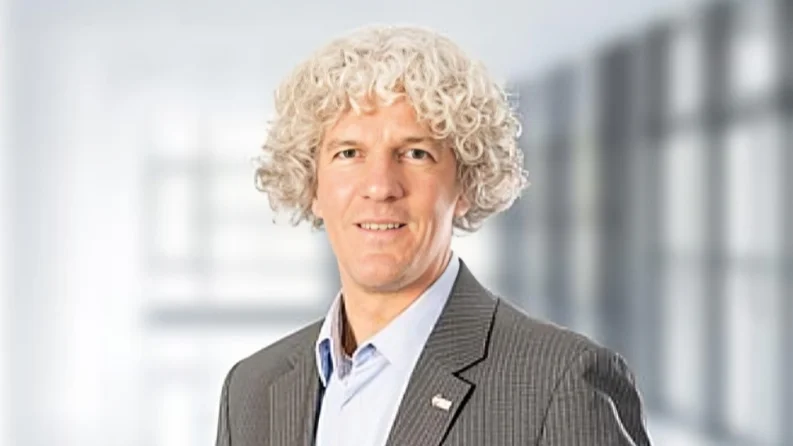Martin Hauser Divisional Director Service | Hermle USA, Inc.
Martin Hauser Divisional Director Service | Hermle USA, Inc.
Computer-Aided Design (CAD) and Computer-Aided Manufacturing (CAM) are integral to modern manufacturing processes, serving as the "brain and hands" in CNC-controlled environments. These systems are essential in various industries, including mechanical engineering, architecture, automotive, aerospace, and electronics.
At Hermle, CAD-CAM systems play a vital role in their manufacturing process. The integration of these technologies allows for seamless transitions from design to production. CAD is used to create digital models and drawings, enhancing efficiency by minimizing errors and accelerating the design phase. It supports functions such as geometry creation, modeling, editing, visualization, analysis, and simulation.
On the other hand, CAM focuses on controlling machines during manufacturing. It automates the process using data from CAD models to generate tool paths and instructions for CNC machines. Key functions include tool path generation, tool selection, machining strategies development, collision detection, post-processing for machine-specific instructions (G-code), and simulation for verification.
Several software packages support CAD/CAM workflows like SolidWorks, AutoCAD, CATIA among others. These tools offer features for creating 2D/3D models while also integrating with CAM systems to facilitate manufacturing processes.
Hermle emphasizes that their use of CAD-CAM ensures precision and quality across all sectors they operate in. The versatility of these systems extends beyond traditional industries into fields like dentistry where they aid in producing dental prosthetics through methods like CEREC.
In conclusion: "The integration of CAD-CAM at Hermle guarantees a seamless flow in design and manufacturing," highlighting its importance within their operations.

 Alerts Sign-up
Alerts Sign-up